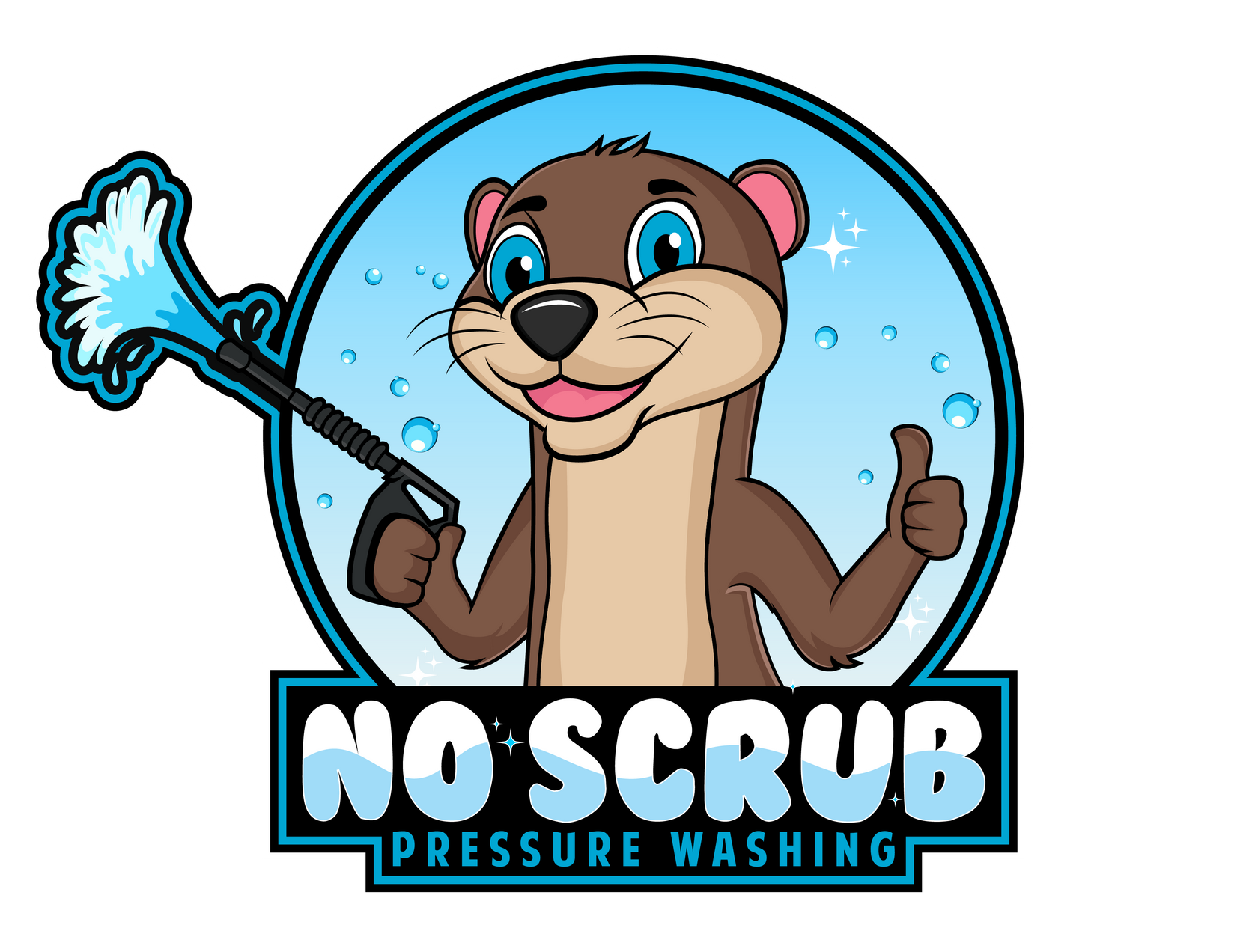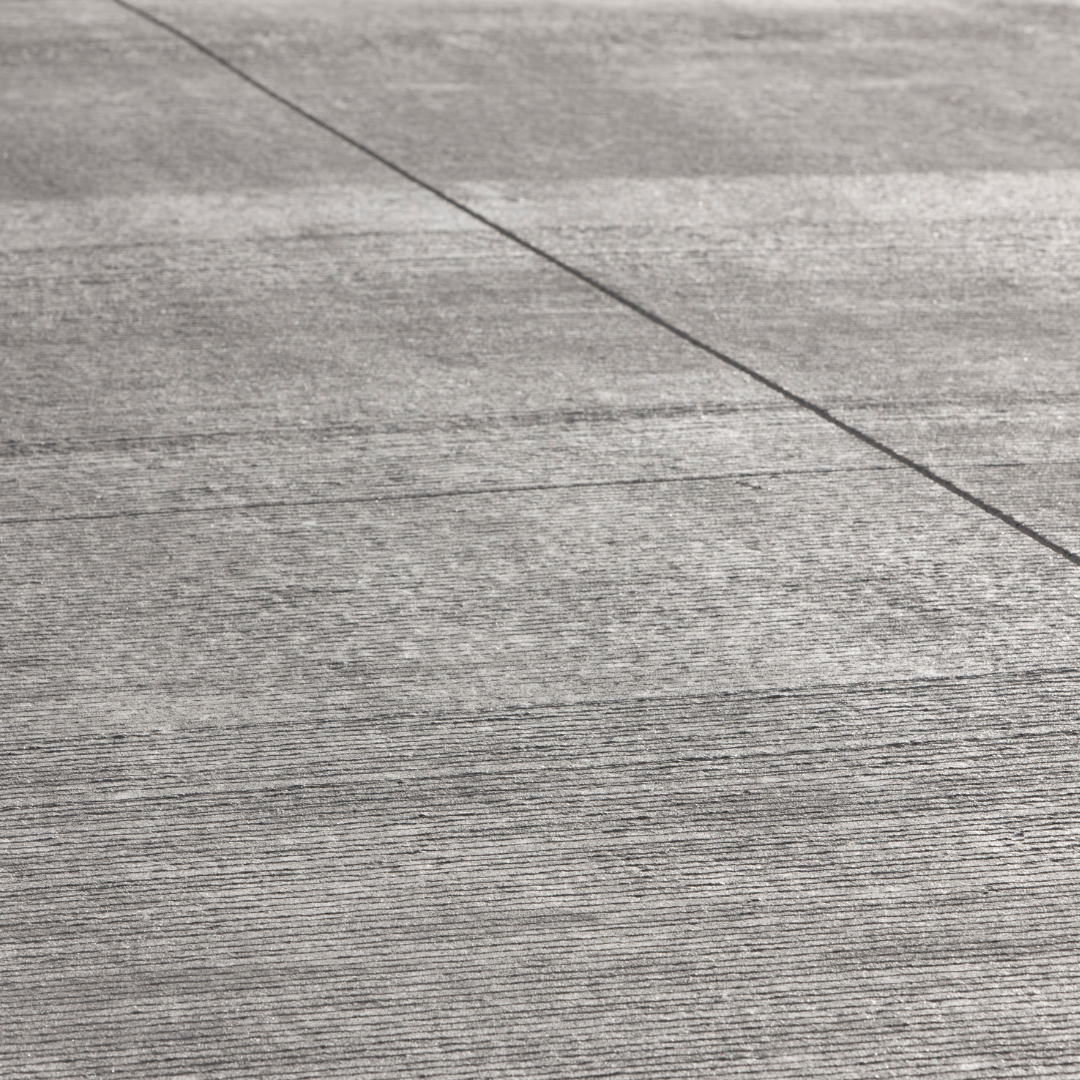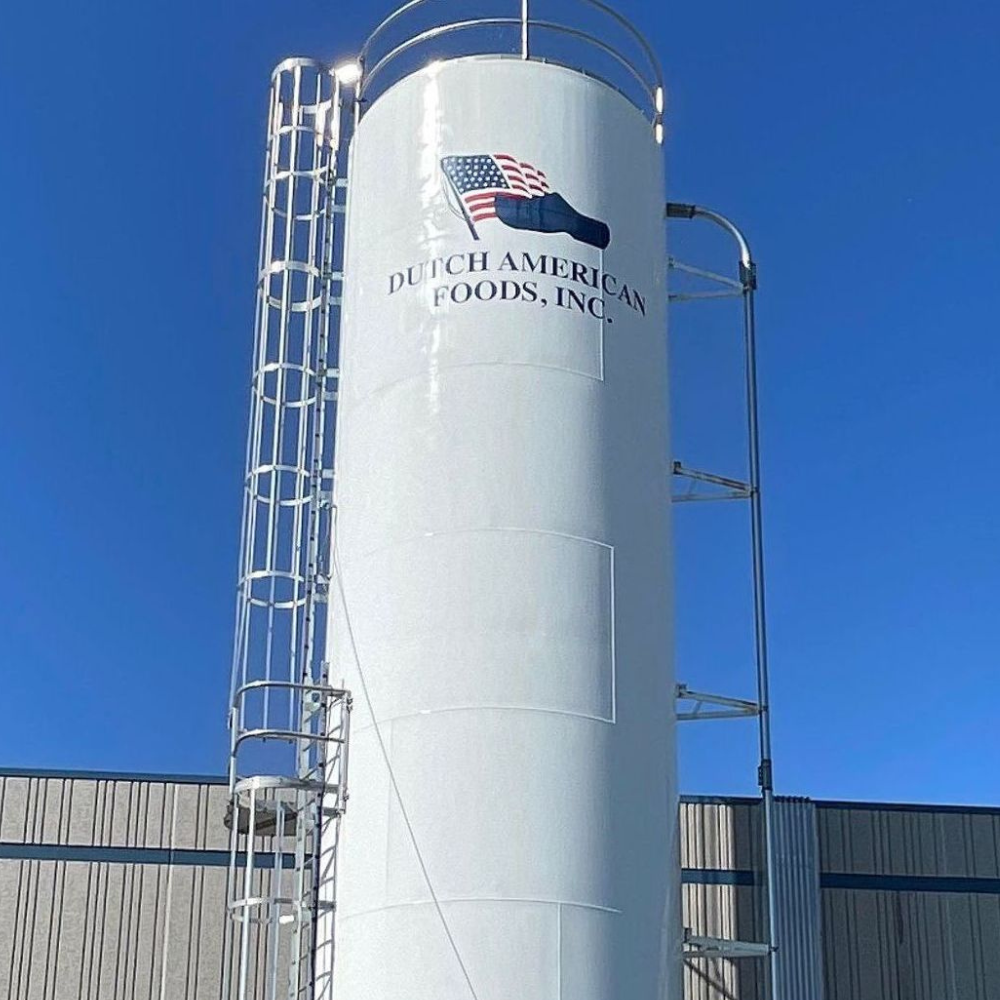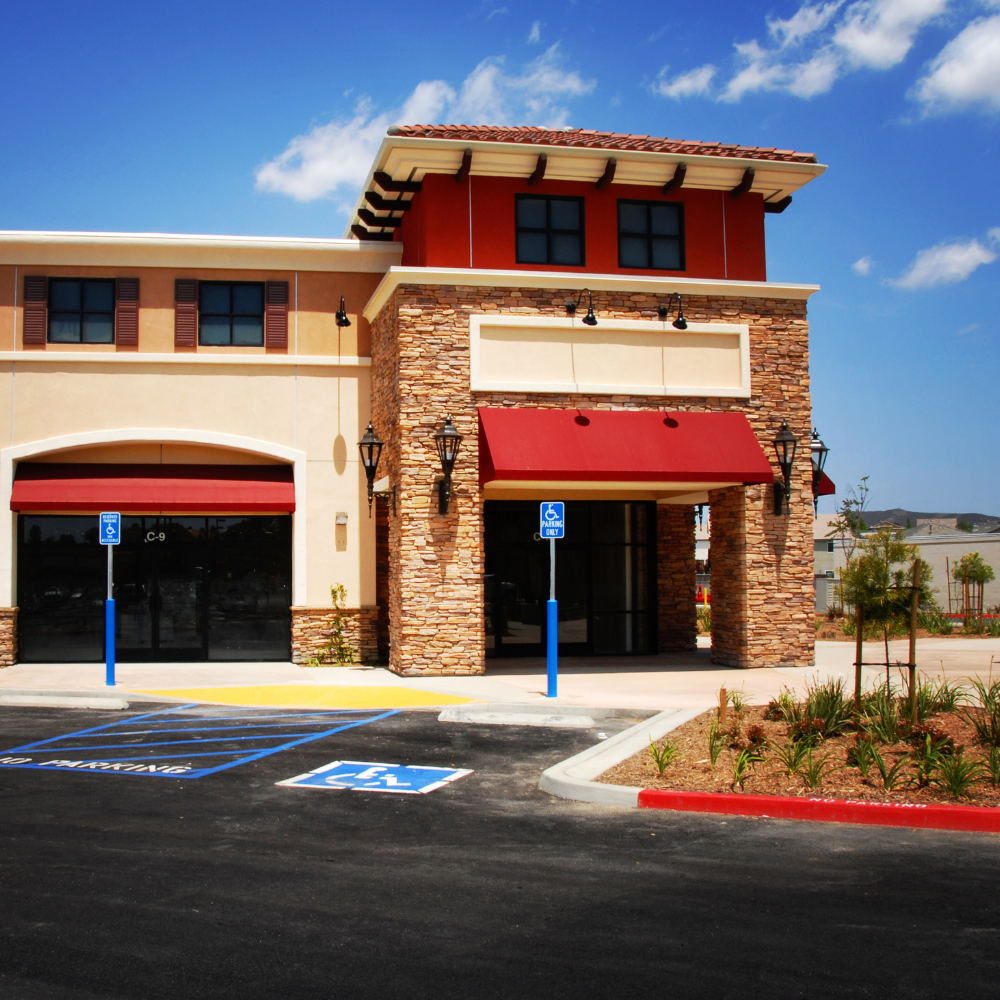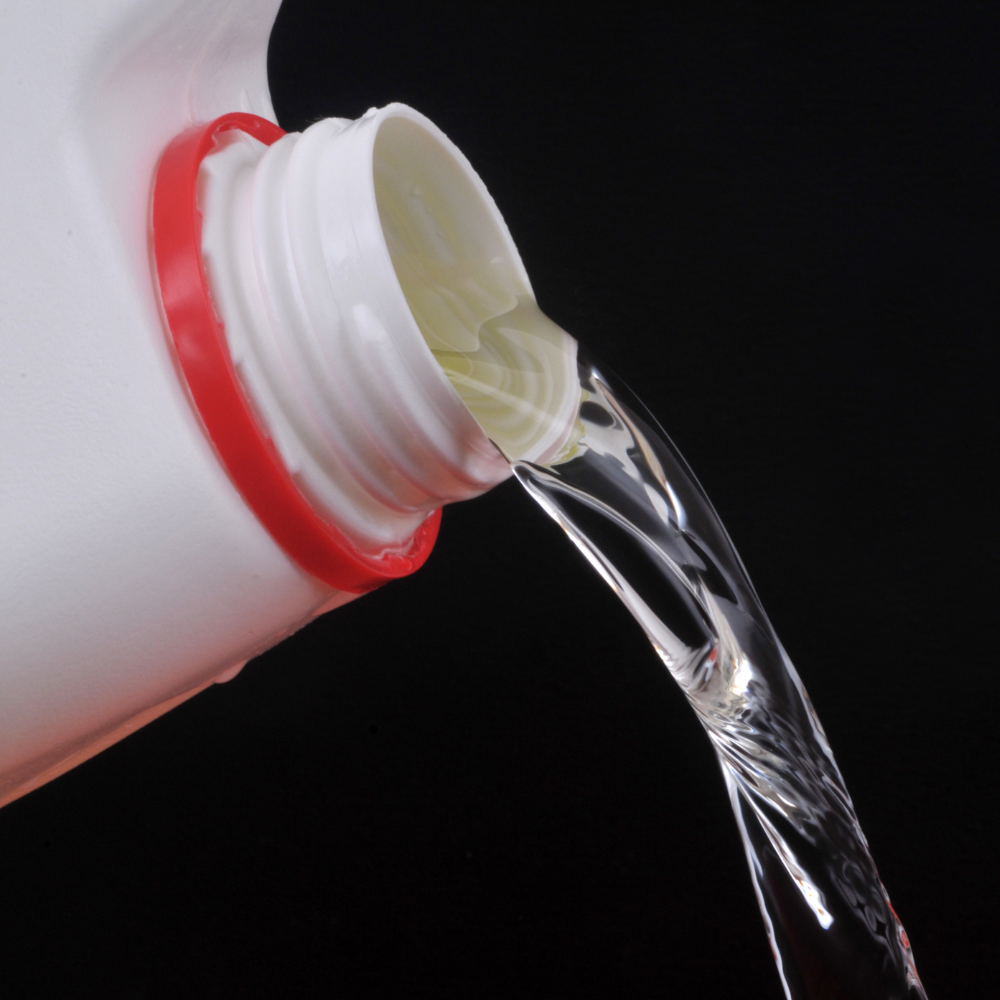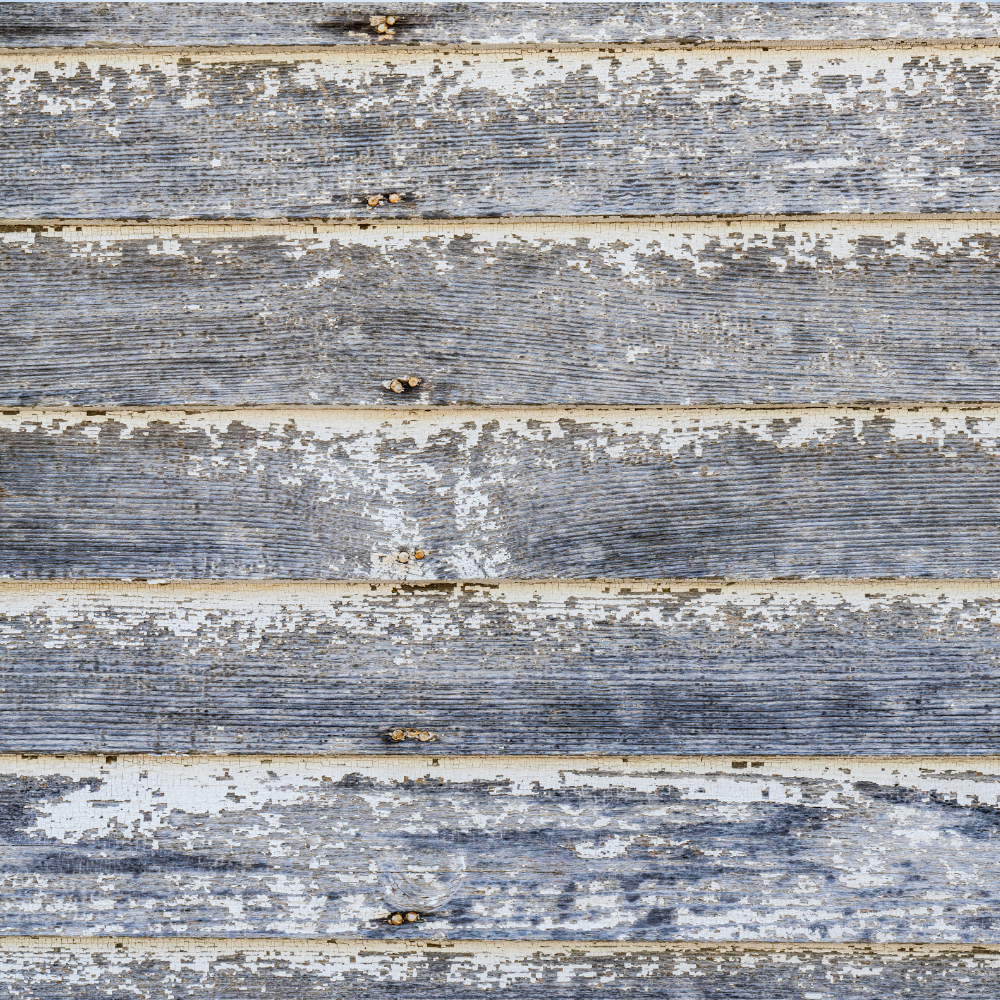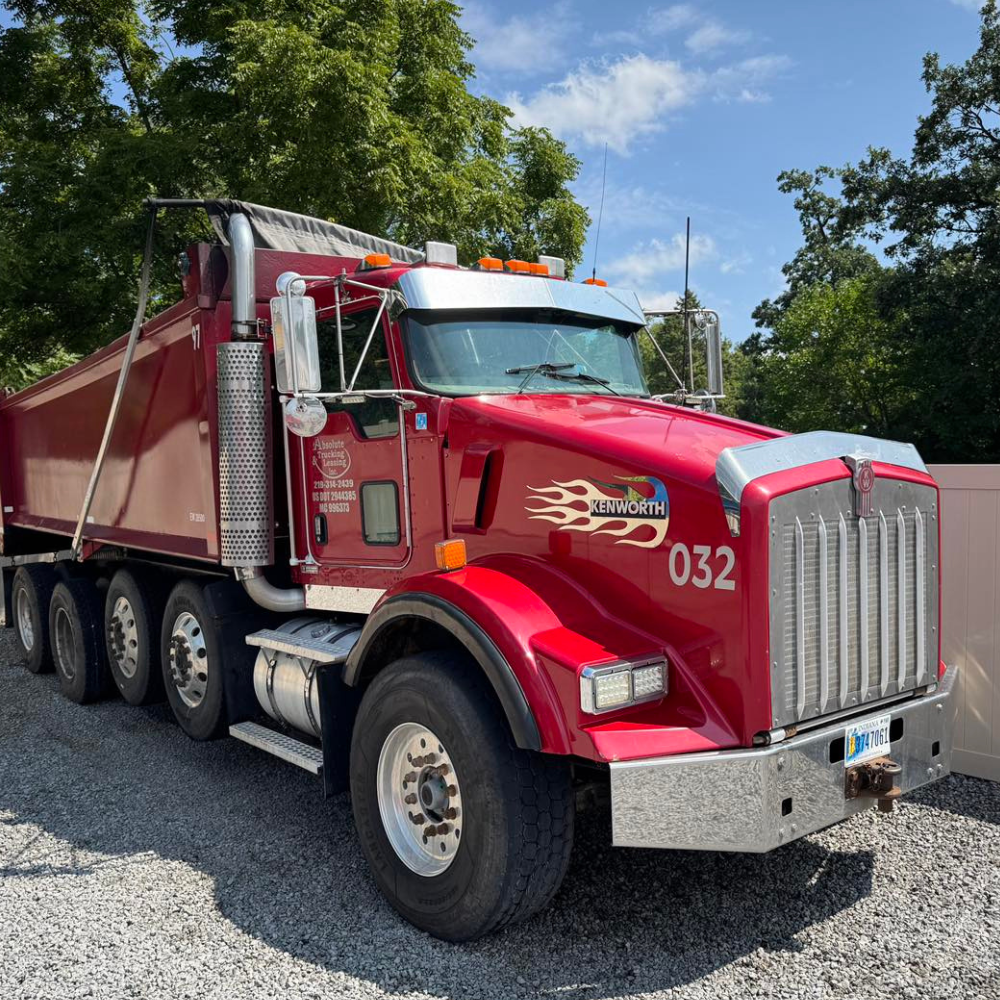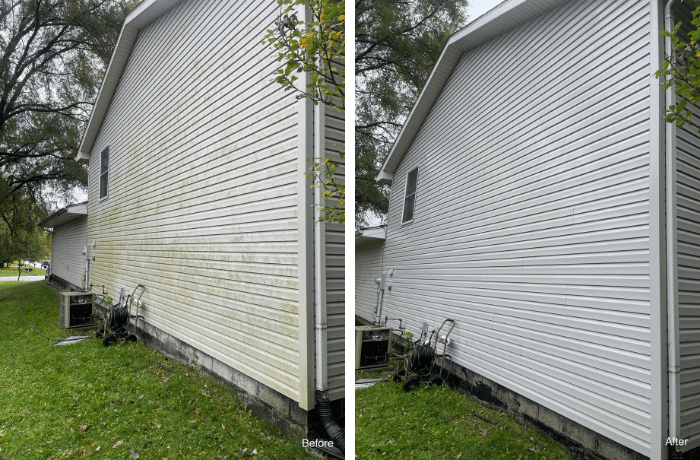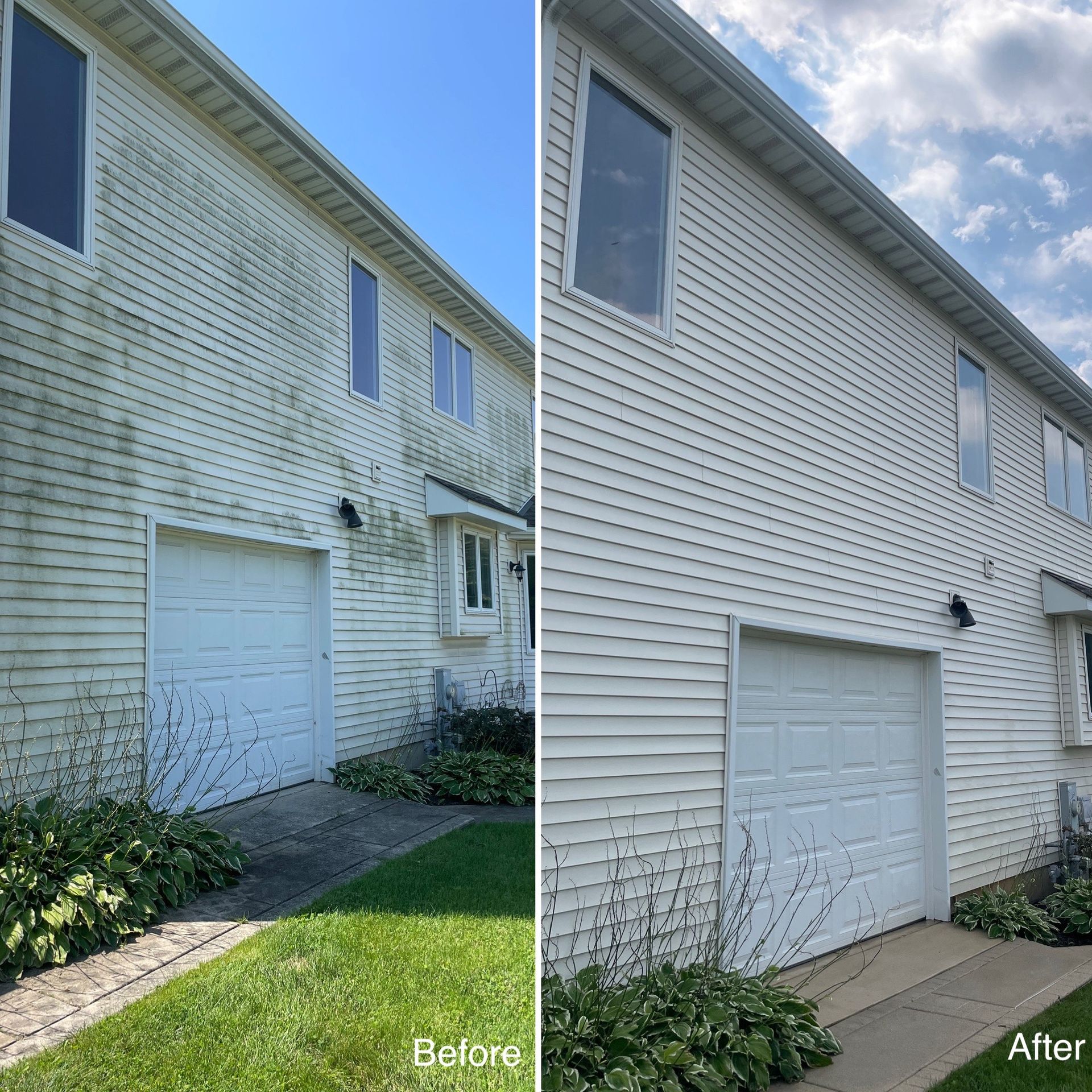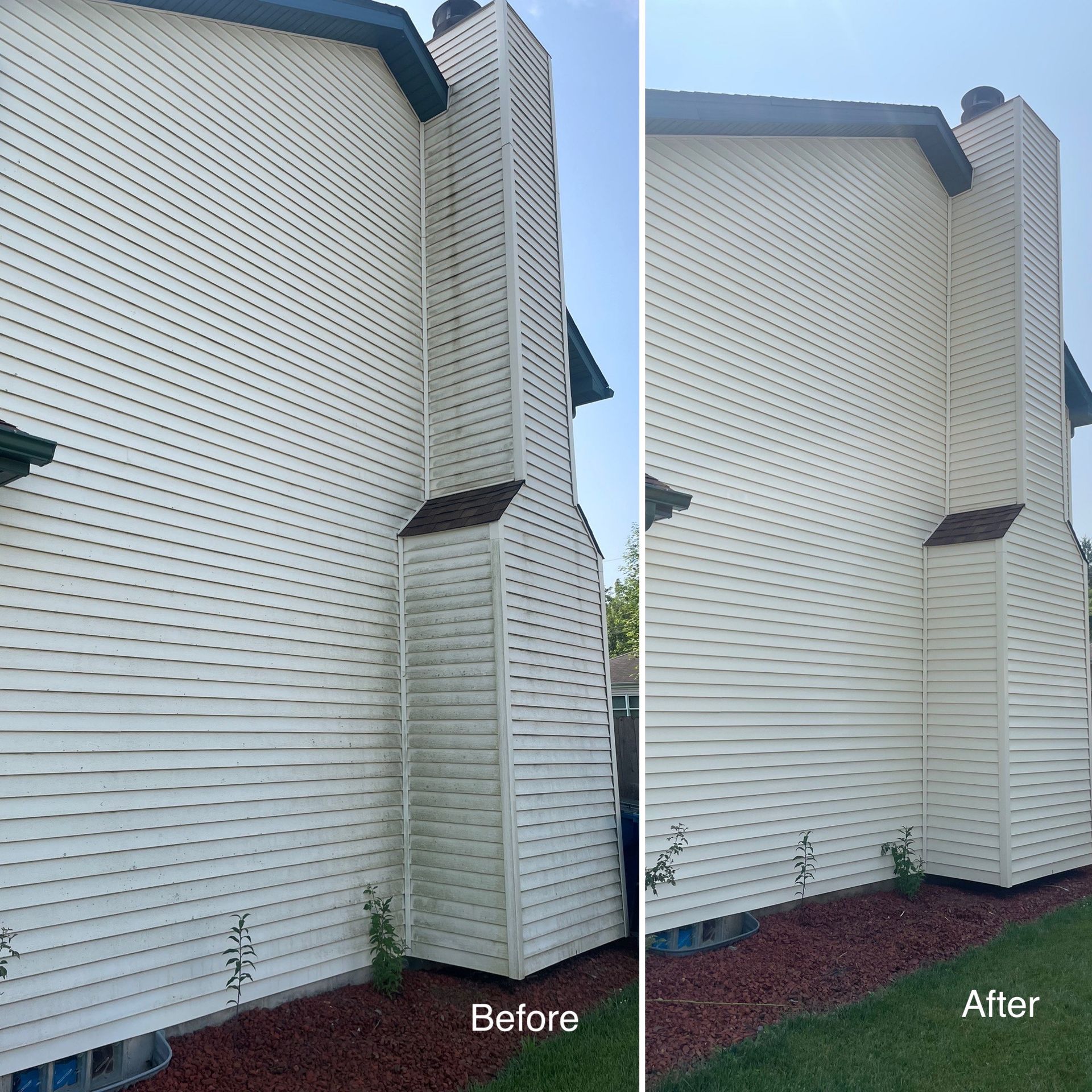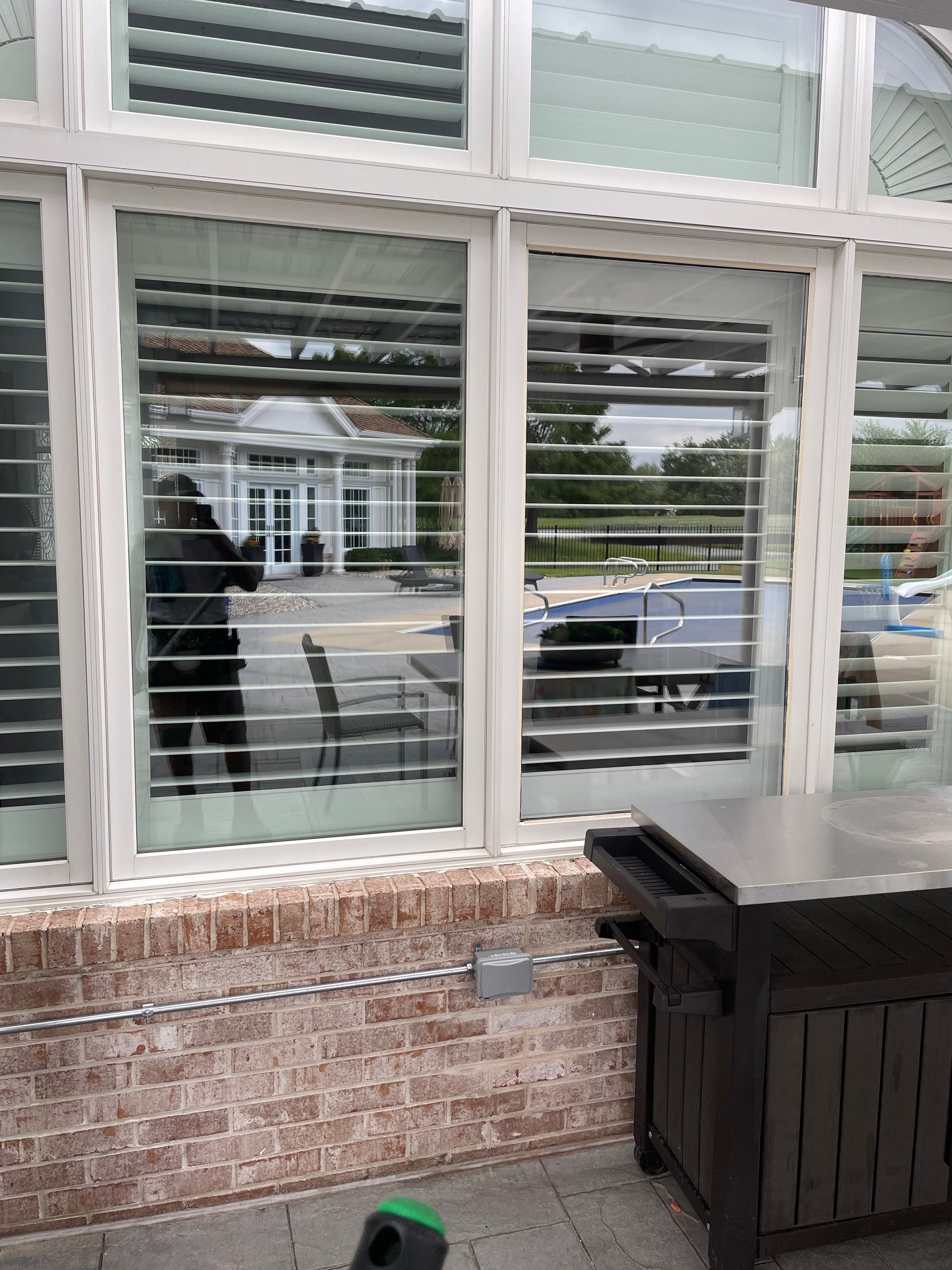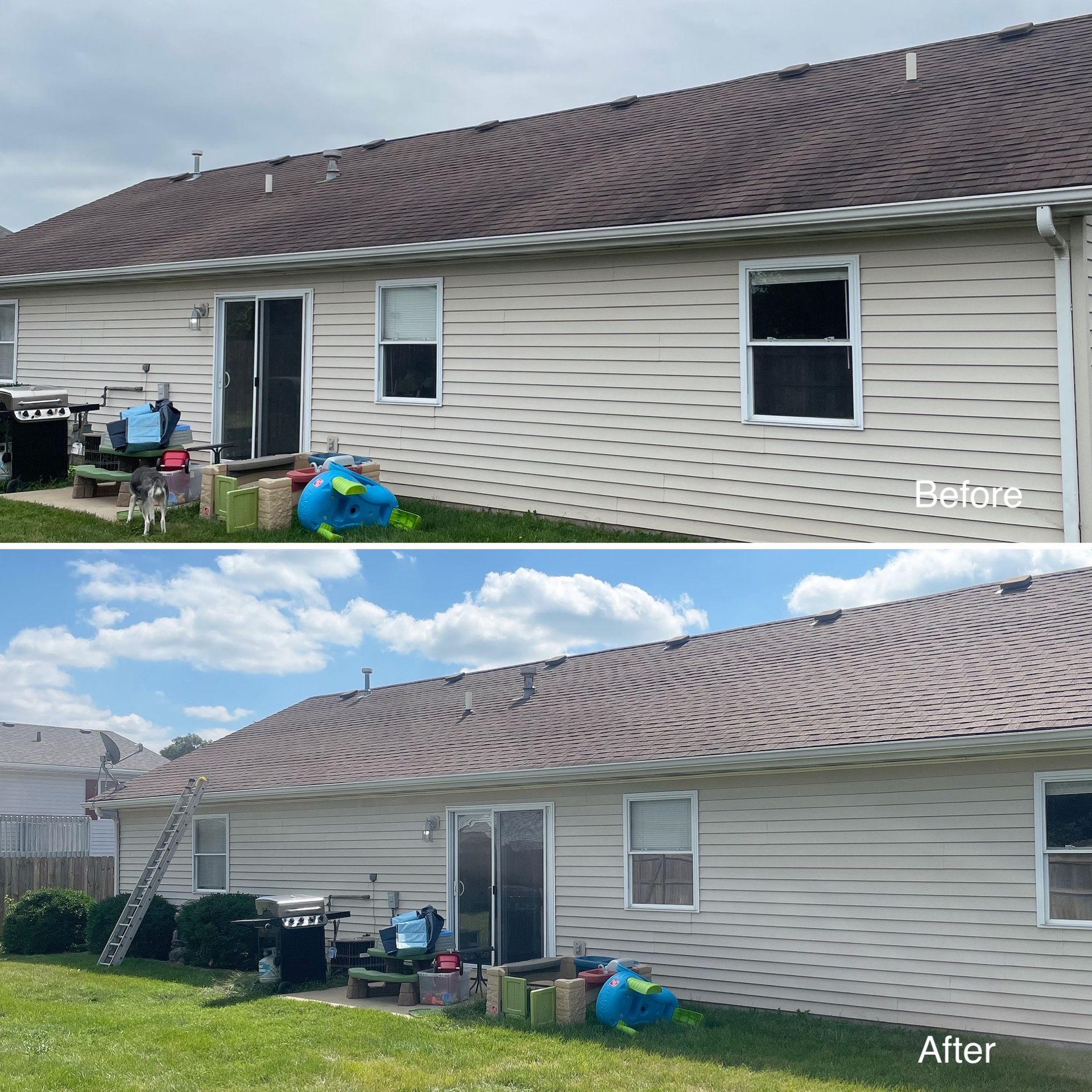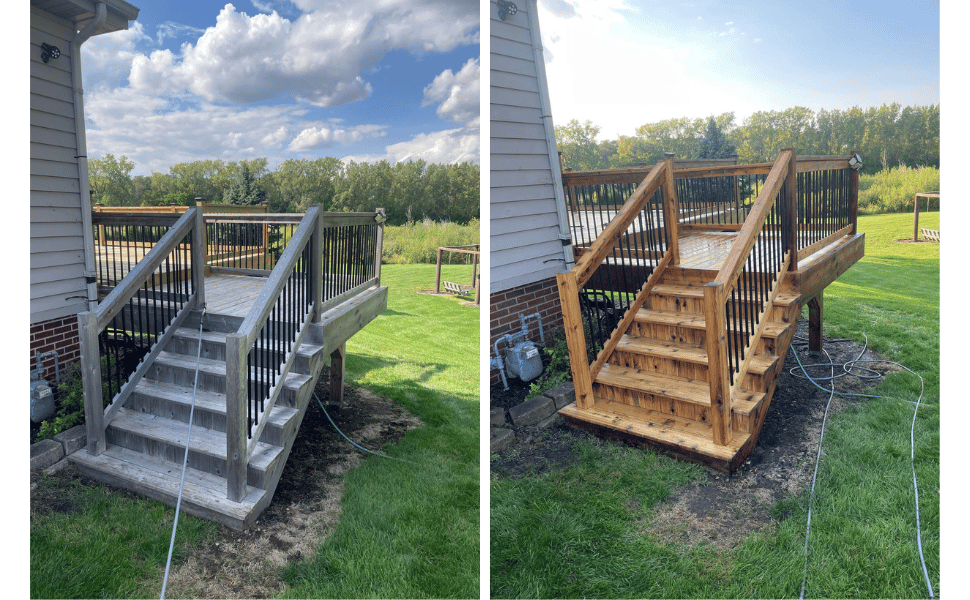Can Pressure Washing Remove Paint? What Homeowners Need to Know
Pressure washing is a powerful tool for cleaning exterior surfaces, but can it remove paint? Homeowners often wonder whether a pressure washer can strip old paint from siding, decks, or fences without causing damage. In this comprehensive guide, we’ll explore how pressure washing interacts with paint, best practices, risks, and alternatives.
How Pressure Washing Works
Pressure washers use high-pressure water streams to clean surfaces. Depending on the machine, water pressure can range from 1,300 to 4,000 PSI (pounds per square inch). The higher the PSI, the more powerful the water stream.
Key points:
- Light pressure (1,300–2,000 PSI) is typically used for cleaning surfaces without causing damage.
- Medium pressure (2,000–3,000 PSI) may remove loose paint.
- High pressure (3,000–4,000 PSI) can strip paint but risks damaging wood, siding, or masonry.
Factors That Affect Paint Removal
Not all paint responds the same way to pressure washing. Several factors influence whether paint will come off:
Type of Paint:
- Latex paint is more water-resistant but may peel if the surface is aged or loose.
- Oil-based paints are harder to remove with water alone.
Surface Material:
- Wood is susceptible to damage at high PSI.
- Concrete or brick can handle higher pressures.
Paint Condition:
- Flaking or peeling paint may come off more easily.
- Fresh, well-bonded paint will likely resist water pressure.
Nozzle Type and Distance:
- A narrow nozzle increases pressure but risks surface damage.
- Keeping a safe distance (12–24 inches) helps prevent gouging.
Can Pressure Washing Remove Paint?
Yes, but with limitations.
- Pressure washing can remove loose, flaking paint effectively.
- It is less effective at removing fully adhered paint.
- Using too much pressure can damage the underlying surface.
Example: A homeowner with a 20-year-old wood fence may notice paint peeling in some areas. A medium-pressure wash can strip the loose paint, preparing the surface for sanding and repainting. However, if the paint is firmly bonded, additional methods like chemical strippers or sanding will be needed.
Best Practices for Pressure Washing Paint
- Test a Small Area First: Always start with a small, inconspicuous section.
- Choose the Right Pressure: Stick to the lowest effective PSI.
- Use Wide-Angle Nozzles: This disperses water pressure and reduces the risk of gouging.
- Maintain Proper Distance: Hold the nozzle 12–24 inches from the surface.
- Work in Sections: Move methodically to ensure even cleaning.
- Wear Safety Gear: Goggles and gloves protect you from flying debris.
Risks of Using Pressure Washers on Painted Surfaces
While pressure washers are powerful, they carry risks:
- Surface Damage: High PSI can gouge wood or chip siding.
- Water Intrusion: Water may seep behind siding or trim, leading to rot or mold.
- Incomplete Removal: Pressure washing alone may leave behind paint residue, requiring further prep.
- Environmental Concerns: Paint chips can contaminate soil or enter storm drains.
Alternatives to Pressure Washing for Paint Removal
If pressure washing isn’t enough, other methods can help:
- Chemical Paint Strippers: Effective on tough paint but require protective gear.
- Sanding: Manual or power sanding works for small areas or delicate surfaces.
- Heat Guns: Softens paint for scraping, ideal for wood trim or furniture.
- Combination Approaches: Often, a mix of pressure washing to remove loose paint and sanding or stripping for stubborn areas works best.
Preparing for a Repaint After Pressure Washing
Once paint is removed, proper surface prep ensures a lasting finish:
- Allow Surfaces to Dry: Moisture can prevent primer and paint from adhering.
- Repair Damage: Fill cracks or gouges caused by pressure washing.
- Prime Bare Wood: Primer improves paint adhesion and durability.
- Choose Quality Paint: Exterior-grade paints resist weathering and fading.
Final Thoughts
Pressure washing can remove paint, but it’s most effective for loose or flaking paint rather than fully adhered coatings. Homeowners should understand the risks, use proper techniques, and combine methods like sanding or chemical stripping for the best results. Always test a small area, start with low pressure, and prioritize safety.
For those considering repainting their home, pressure washing is a valuable step in surface preparation, but it’s rarely a complete solution on its own.
